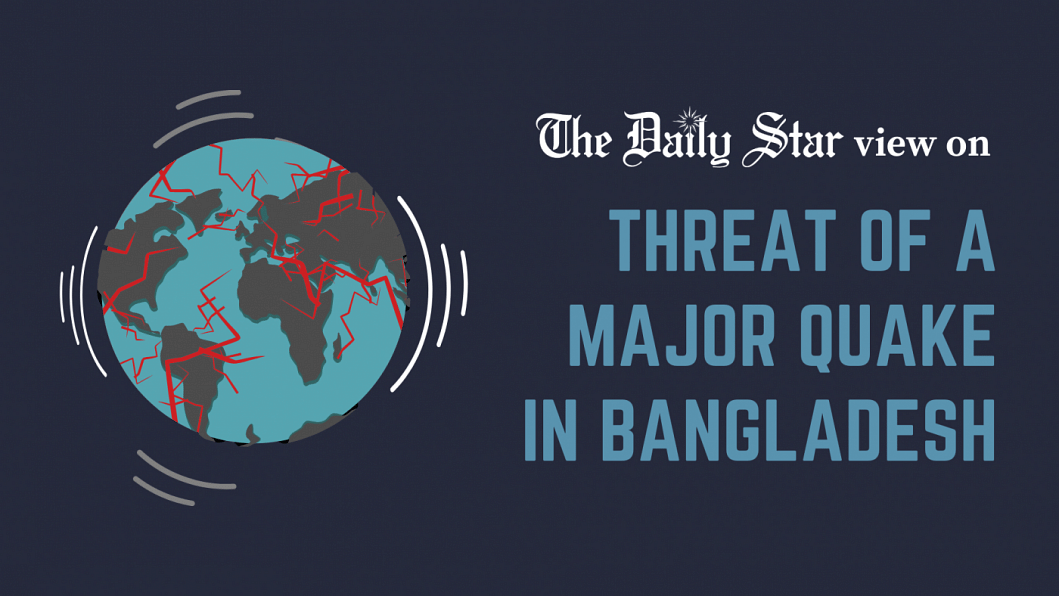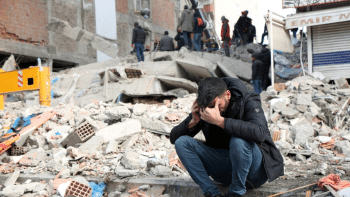What does another tremor signify?

After another tremor on Monday, the discussion has naturally centred around how likely we are to see such minor earthquakes followed by a major, potentially catastrophic one. The quake, measured at 5.2 on the Richter scale, hit India's Assam and was felt in Bangladesh, too. Although no significant damage has been reported, experts have noted how earthquakes with magnitudes of 7 or higher have historically occurred in the region roughly every 150 years, and that Bangladesh might be due for one. How worried should we be then, and more importantly, how prepared are we should a major earthquake indeed follow?
Recent seismic activities make for depressing reading. According to a report by this daily, a staggering 34 mild quakes have been recorded over the past two months in and around Bangladesh. Although only a handful of them were felt by the people, and experts are divided over the causal connection between minor and major quakes, there is no denying that the frequency of such events has increased. Monday's quake did not originate in Bangladesh but in Assam – with its epicentre close to that of the 1897 earthquake of 8.7 magnitude. But that should be no comfort given the close proximity of the two areas.
Moreover, Bangladesh has two active fault lines of its own. And if an earthquake of 6.9 magnitude occurs along the Madhupur fault in Tangail, which is close to Dhaka, about 8,65,000 buildings may collapse in the capital city, according to a survey by the Rajdhani Unnayan Kartripakkha (Rajuk). If it occurs during the day, some 2,10,000 people may die. The financial loss to be incurred will also be massive. Therefore, we can no longer remain hung up on the theoretical probability of a major earthquake, and must redirect our attention to our state of preparedness which, as things stand, is woefully inadequate. Unfortunately, the government's focus still seems to be on post-disaster rescue operations, rather than on pre-emptive safety measures. This must change.
Dhaka, an overcrowded city where most of the buildings were constructed in violation of building codes, as well as other at-risk cities have their job cut out for themselves. They must urgently raise public awareness, ensure rigorous enforcement of building codes, and retrofit vulnerable buildings to withstand seismic shocks. The authorities must remember that violations of building codes not only jeopardise the safety of the people but may also hinder the effectiveness of any post-earthquake recovery effort.


 For all latest news, follow The Daily Star's Google News channel.
For all latest news, follow The Daily Star's Google News channel. 









Comments